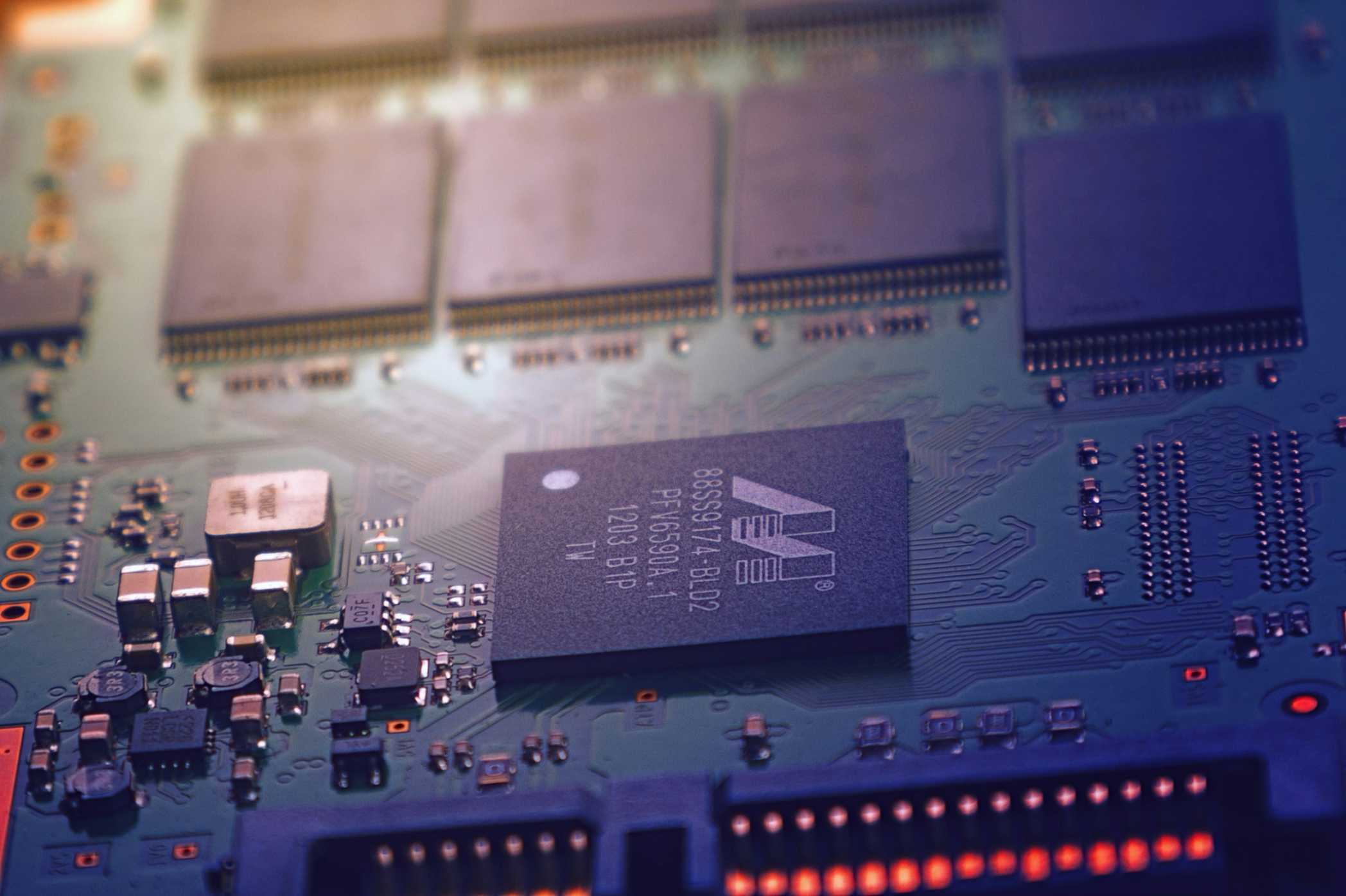The Future of Web3 Cross-Border Payment Systems and Jobs
An exploration of how Web3 technologies like stablecoins and layer 2s are revolutionizing cross-border payments, creating new career opportunities in the process.

The global system for cross-border payments is notoriously slow, expensive, and inefficient. Sending money from one country to another often involves a complex web of correspondent banks, takes days to settle, and incurs high fees. Web3 technology, particularly stablecoins and high-throughput blockchains, offers a powerful solution to this decades-old problem.
This is creating a new wave of innovation in the fintech space and, with it, a new category of jobs. This guide explores how Web3 is changing cross-border payments and the career paths that are emerging in this exciting sector.
The Problem with Traditional Cross-Border Payments
The traditional system relies on a network of correspondent banks and messaging systems like SWIFT. This architecture has several major drawbacks:
- Slow: Transactions can take 3-5 business days to settle as they pass through multiple intermediaries.
- Expensive: Each intermediary in the chain takes a fee, making remittances and international trade costly.
- Opaque: There is little transparency into where a payment is in the settlement process.
- Lack of Access: Many individuals and small businesses in developing countries are excluded from the global banking system.
The Web3 Solution: A New Payment Rail
Web3 offers a new, global "payment rail" that is open, efficient, and accessible to anyone with an internet connection.
1. Stablecoins as the Medium of Exchange: Stablecoins (like USDC and USDT) are cryptocurrencies pegged to the value of a fiat currency like the U.S. dollar. They are the ideal medium of exchange for cross-border payments because they have the stability of traditional currency but can be transferred with the speed and efficiency of crypto.
2. High-Throughput Blockchains as the Settlement Layer: Sending stablecoins on a fast, low-cost blockchain (like a Layer 2 rollup or a high-performance L1 like Solana) allows for near-instant settlement at a fraction of a penny. A payment from the US to the Philippines can settle in seconds, not days.
Career Opportunities in Web3 Payments
As companies and individuals start to adopt this new payment rail, a range of new job opportunities are being created.
- DeFi / Payments Protocol Engineer: These are the developers building the core infrastructure. They write the smart contracts for stablecoins, build the bridges between different blockchains, and design the on-chain compliance architecture.
- Business Development & Partnerships Manager: This role focuses on building the network of on-ramps and off-ramps. They forge partnerships with local payment providers, exchanges, and banks in different countries to allow users to easily convert their local currency into stablecoins and back again.
- Compliance Officer (Crypto Specialization): To operate legally, Web3 payment companies need experts who understand the complex web of global AML (Anti-Money Laundering) and KYC (Know Your Customer) regulations. These professionals design and implement the compliance programs that allow the company to operate without running afoul of regulators.
- Product Manager (Payments Focus): These PMs are responsible for building user-friendly applications (wallets, merchant dashboards) that abstract away the complexity of the blockchain and make using Web3 payment rails as easy as using a service like Wise or PayPal.
The Road Ahead
The transition to a Web3-powered global payment system will be a long one. It faces significant hurdles, from regulatory uncertainty to the challenge of building user-friendly applications. However, the efficiency gains are so massive that the transition is inevitable. For professionals with a background in finance, compliance, or payments technology, this space represents a massive opportunity to be at the forefront of building a more open and efficient global financial system.
Frequently Asked Questions
1. How does Web3 make cross-border payments better?
Web3 uses stablecoins and fast blockchains to create a global payment rail that is much faster, cheaper, and more transparent than the traditional banking system which relies on slow and expensive intermediaries.
2. What is a stablecoin?
A stablecoin is a type of cryptocurrency whose value is pegged to a stable asset, usually the US dollar. This makes it ideal for payments as it is not subject to the price volatility of other cryptocurrencies like Bitcoin.
3. What is a "payment rail"?
A payment rail is the underlying infrastructure used to send and receive money. The traditional system uses rails like SWIFT and correspondent banks. Web3 offers a new, alternative rail built on public blockchains.
4. What kind of jobs are available in this sector?
The key roles are Protocol Engineers who build the payment systems, Business Development Managers who build on-ramp/off-ramp partnerships, Compliance Officers who navigate regulations, and Product Managers who design user-friendly payment apps.
5. What is the biggest challenge for Web3 payments?
The biggest challenges are regulatory uncertainty and building a global network of on-ramps and off-ramps that allow users to easily convert between crypto and their local fiat currency.



